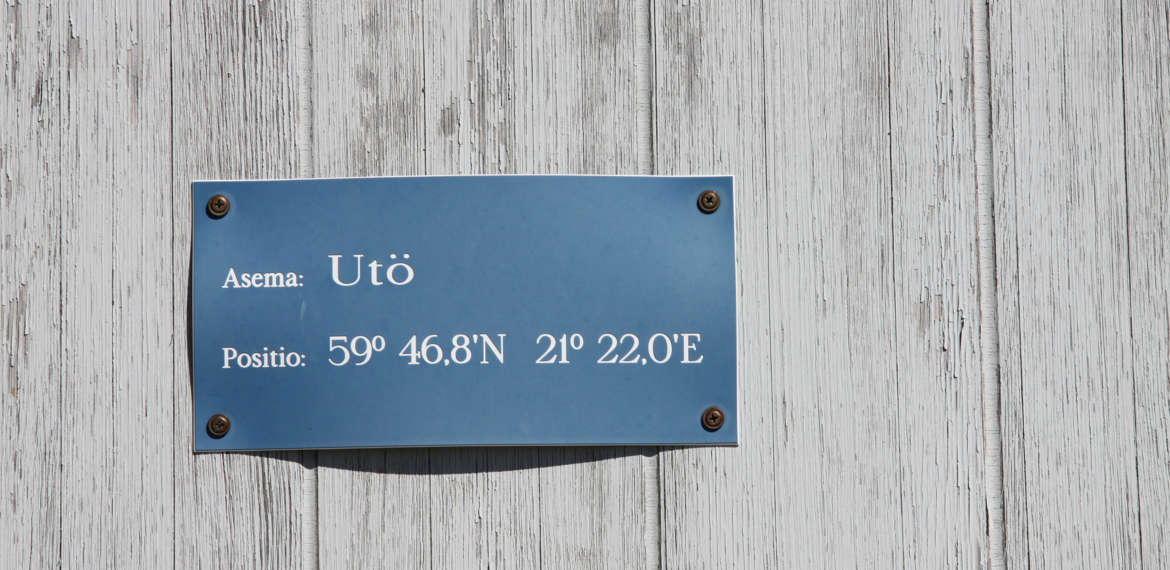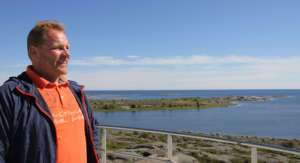A thousand fairways to Finland
Last year pilots prevented 29 serious accidents on Finnish waters. It is an interesting piece of information at a time when the first steps in remote piloting are being taken. Instead of an experienced live pilot, a professional with the training of a sea captain, there would be just technology. Yet such development has been anticipated.

The foundation of piloting is laid in the legislation which requires that pilots guide over 70 metres long vessels and over 15 metres long state-owned vessels. At the same time it is a question of controlling the movements of state-owned vessels. And there are many fairways. The Finnish archipelago is unique.
”There are a thousand routes to arrive in Finland”, says Sari Turkkila, Communications Manager of Finnpilot Pilotage Oy. The company handles 24,000 pilotage assignments per year and employs nearly 150 sea captains.
”We have calculated expertise of 7,000 man-years.”
The work of pilots shows its best sides on a gorgeous summer day in Utö. The sea glistens and a red and white lighthouse reaches towards the sky. At the top there are massive prisms from which light is reflected into the darkness in the winter.
Work has to be done in any weather
”At best the work is like this”, says pilot cutter operator Krister Henriksson and points at the view. The sea is clam. According to the weather forecast, there will be 4-metre waves on the following day.
The conditions are the worst when the temperature is 5–6 degrees below zero with southerly wind of over 20 metres per second. Everything is frozen. “You get cold, angry and hungry.”
The pilot cutter operators carry the pilots to the ships, whatever the weather, regardless of the time of day or season of the year. And the pilot always climbs to the ship on a rope ladder.
”Climbing requires the right technique”, Mr Henriksson says.
Pilot looks after safety
Pilots prevented 29 serious accidents last year. The figure is based on the efficacy studies of pilotage by the Archipelago Research Institute of the University of Turku.

”Such situations exist”, says District Chief Pilot Ari Saari. “It could be a blackout situation in which the vessel loses its electricity and manoeuvrability in the middle of a fairway. It makes you sweat a little. It certainly deviates from the everyday work.”
However, the cargo vessels operating in the archipelago are nowadays in good condition. It is particularly reassuring to hear that tanker ships have an ingenious control system. Oil companies control each other’s vessels.
Remote piloting will soon be here
The pilotage staff at the Utö lighthouse ponders the new information on a remote piloting trial that the Ministry of Transport has decided to start. The combination of a simulator and pilot will be tested in the autumn.
”They’ll learn something new and adjust the law”, Mr Saari anticipates.
The men are nevertheless enthusiastic about the remote piloting project. It’s better not to slow down the technological advances. Mr Saari has been working in pilotage for 20 years, during which staggering progress has been made.
”Remote piloting is already being used on the river Elbe, there are no islands there – but they have the tide. We have the labyrinths between the rocks.”
Mr Saari reminds that in certain weather conditions embarking a vessel is not safe. Then it would be good to guide the vessel further into the archipelago on autopilot and get the pilot on board there. A pilot is needed especially at arriving in harbour.
Mr Henriksson’s first reaction to remote piloting is this: “Damn, already now.” Nevertheless, he also says that remote piloting has been expected.
”One guy has been saying for a long time that ten years from now we won’t be needed anymore. But it’s not that simple.”
Entrance to the Port of Turku in Utö
Utö is located 96 kilometres, or 52 nautical miles from the Port of Turku. The lighthouse island is in practice the starting point for the entrance to the Port of Turku.
The Utö lighthouse has been guarding the archipelago since 1814. The history of pilotage on the island, however, reaches even further. The island was seasonally habited as early as the 16th century. Pilots have permanently lived there since the 1720s.
Known for its red houses, the island has a shop and school. This winter there are six pupils. There are 35 inhabitants on the island, four of whom are under school age.
Civilisation prevails on the island: the library was opened in the 1860s when pilots had to acquire literature to the lighthouse.
The Utö barracks are no longer in use, but there is still a naval control tower and guns used by the Defence Forces. The Meteorological Institute uses radars in its research. The lighthouse church and Bönehuset have their own roles in guarding the island.
Text and photos Sini Silván
